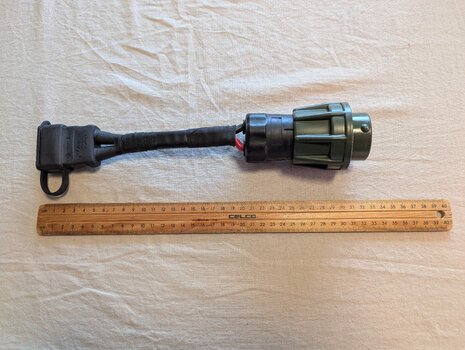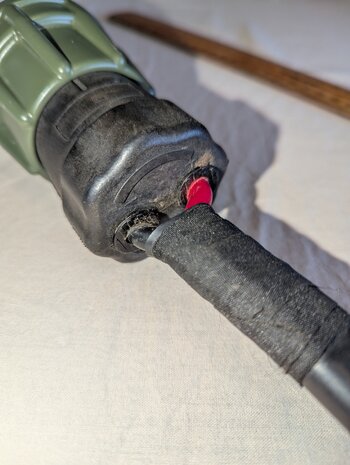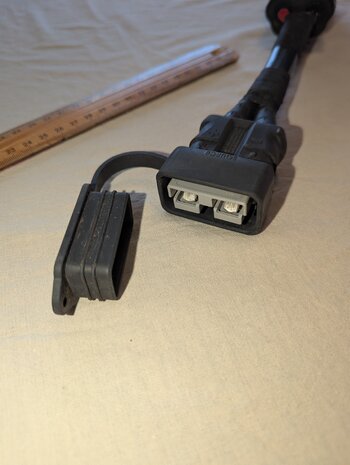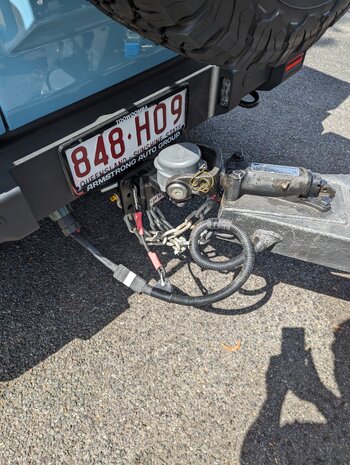Just a quick post to help anyone that comes searching. This is how the NATO socket works. There are a lot of musing and threads about how to hack the hoops needed, but I found it easy for my purpose. To attached an external ARB compressor.
1. Engine running.
2. Flip the 500 amp switch in the roof to on.
3. Apply the parking brake unless you like rolling vehicles.
4. Put the transmission in neutral. The last step is the on/off for the socket. The reason? It's meant for a winch and Ineos won't let you operate a winch in park.
This is what I am using the socket for.
A. I picked up a NATO plug from Agile Offroad here -
Link and used it to connect my ARB portable compressor to the NATO outlet.
B. The NATO plug is a PITA to fit. The terminals are solder type and need a LOT of heat and a LOT of solder to flood them and secure the wires. It is also a PITA to reassemble, but patience and some skill and you'll achieve it.
C. The ARB kit was TWIN MOTOR PORTABLE 12V AIR COMPRESSOR CKMTP12 -
Link here.
D. I also picked up a spare harness for it so I didn't have to butcher the supplied harness with battery clamps as this means I still have that option for pother vehicles or situations. Spare harness is this but ARB are out of stock so I did evilBay.
Amazon Link Here.
Why didn't I go for the Agile Offroad under rear seat hard installed system? I decided to have the flexibility of multi-vehicle use, as well as the kit I got has dual motors and a mini tank so faster inflation. I also ride dual sport bikes so wanted chance vehicle flexibility.
Some random pics took while soldering leads. Gripped the terminals one at a time in a vise grip plier as a heat shunt and to keep it steady. Used a gas soldering iron (needs a LOT OF HEAT) but a Weller gun would work. Flowed solder for a good 5 mins into the connector. With better soldering equipment (I normal do small electronics) you will flow the solder faster.
If I got anything wrong I am sure others will add helpful hints








